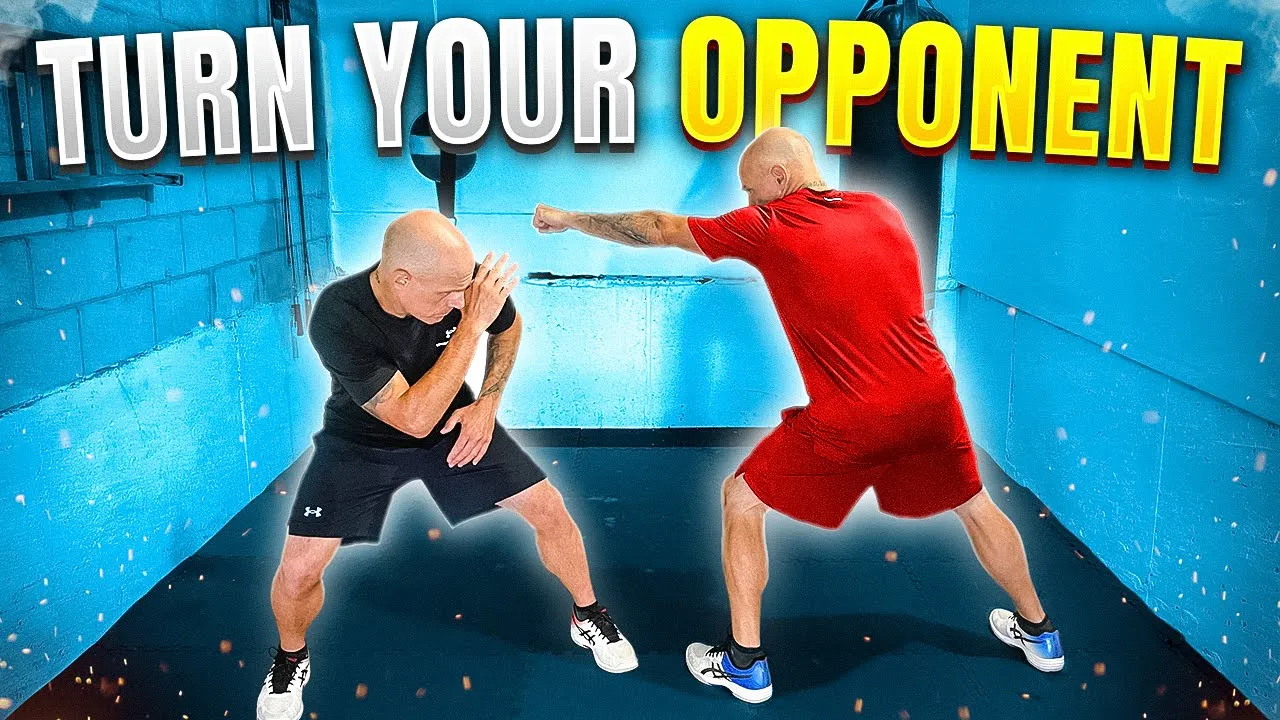In the fast-paced world of boxing, power and strength often dominate the conversation. But what separates good fighters from great ones is their ability to control the ring through movement. As a boxer, it’s crucial to know how to turn your opponent—especially when facing fighters who excel at holding their ground or coming straight at you with power. The secret isn’t just about dodging punches; it’s about disrupting your opponent’s rhythm by forcing them to constantly adjust their footing.
Why Turning Your Opponent is Crucial
Turning your opponent is one of the most effective ways to gain a strategic advantage in the ring. Many powerful fighters rely on setting their stance before delivering punches, meaning they need to be stable and grounded. By forcing your opponent to pick up their feet—whether through pivots or circling—you disrupt their ability to deliver solid punches. When you control your opponent’s movement, you control the fight.
The goal here is simple: keep your opponent off balance. By constantly making them lift and reset their feet, you take away their ability to set up power shots, giving you more control over the flow of the bout.
How to Execute Effective Turns
Turning your opponent is not about making large, obvious movements around the ring. Instead, it’s about small, controlled pivots and slight angle changes. Here’s how you can apply this technique:
- Focus on Footwork: Good footwork is essential to controlling the angles. Instead of moving backward or in straight lines, focus on lateral movement. Pivoting to the side forces your opponent to constantly readjust, throwing off their rhythm and balance.
- Stay Within Range: As you pivot and turn, maintain your fighting range. Don’t move too far away, as this could limit your ability to counter-punch. The idea is to remain close enough to land punches while still avoiding your opponent’s power shots.
- Use the Jab to Guide: A well-timed jab can help you steer your opponent. Use your jab to control their movement, allowing you to pivot and turn them into a more vulnerable position.
When to Use This Technique
Turning your opponent is especially useful against aggressive fighters who like to push forward and control the center of the ring. These types of fighters often rely on planting their feet to generate power for their punches. By keeping them constantly on the move, you disrupt their ability to land those heavy shots.
Additionally, fighters who are good at holding their ground and coming forward with pressure can be thrown off by your lateral movement. If you’re able to make them pick up their feet, they lose the stability needed for strong offensive strikes.
Conclusion: Control the Ring, Control the Fight
The art of turning your opponent is a subtle but powerful tool in boxing. By mastering this skill, you can take control of the ring, dictate the flow of the fight, and keep your opponent off balance. Whether you’re up against a power puncher or a defensive fighter, learning how to turn and reposition your opponent will give you a distinct edge.
Next time you step into the ring, remember: boxing isn’t just about how hard you can hit; it’s about where you place yourself to land those punches effectively. For full footwork training camps check out Level 4 in the Precision Striking Membership.

